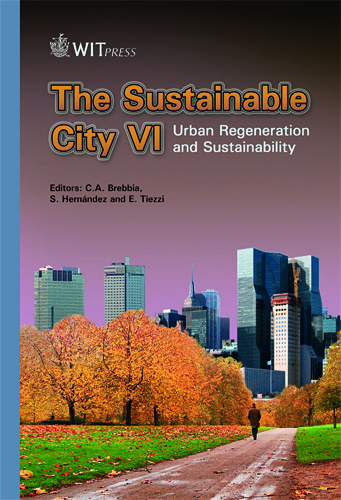Establishing International Roughness Indices For A Dense Urban Area – Case Study In Washington, DC
Price
Free (open access)
Transaction
Volume
129
Pages
12
Page Range
275 - 286
Published
2010
Size
330 kb
Paper DOI
10.2495/SC100241
Copyright
WIT Press
Author(s)
S. A. Arhin, E. C. Noel & M. Lakew
Abstract
The Federal Highway Administration (FHWA) requires each state in the United States to report the International Roughness Indices (IRI) of their road network in the annual Highway Performance Monitoring System (HPMS). The reported IRI for road segments are compared to the national standards developed by the FHWA based on national data. Deviations from the national standards are used to identify road segments that need to be included in repair or maintenance programs. The FHWA IRI thresholds for all road classes range between 170 in/mi and 96 in/mi for \“acceptable” pavements, and 95 in/mi or less for \“good” pavements. The use of the IRI for identifying sections of highways for repair and rehabilitation has been under review in several states. There is the concern that the national values of the IRI often do not reflect the ride smoothness perceived by citizens in the specific jurisdictions. This research obtained the ride quality ratings of residents of a dense urban area (Washington, DC) and correlated those with the IRI values for selected road segments. This research presents the IRI thresholds developed for the urban area based on the regression models obtained and the standard IRI thresholds for newly constructed pavement. Keywords: International Roughness Index, deceleration, braking. 1 Introduction Since the development of the International Roughness Index (IRI) in the early 1990s, all states have been required by the Federal Highway Administration (FHWA) to report bi-annually IRI results through their Highway Performance
Keywords
International Roughness Index, deceleration, braking





